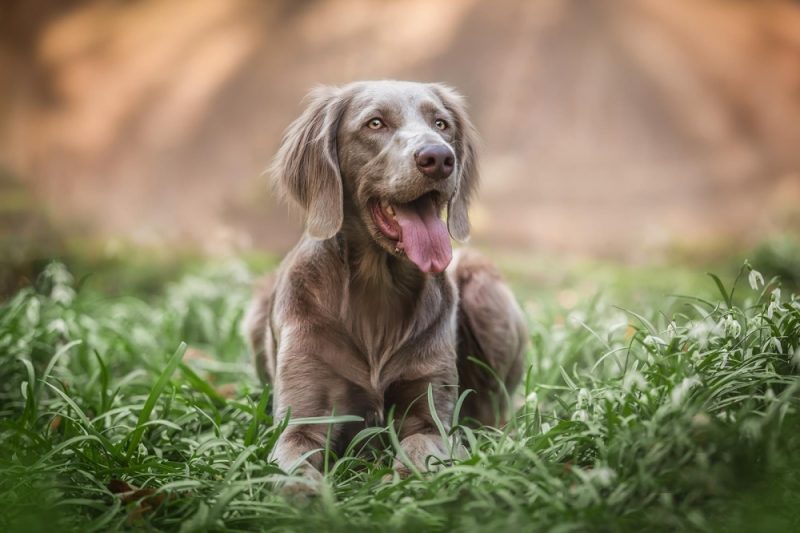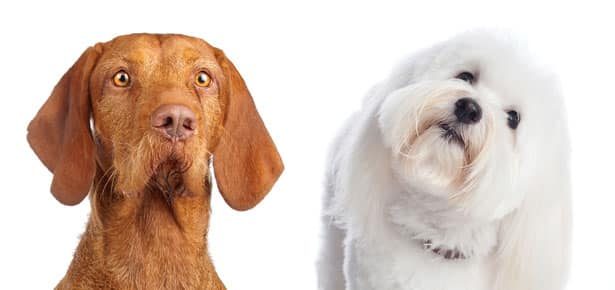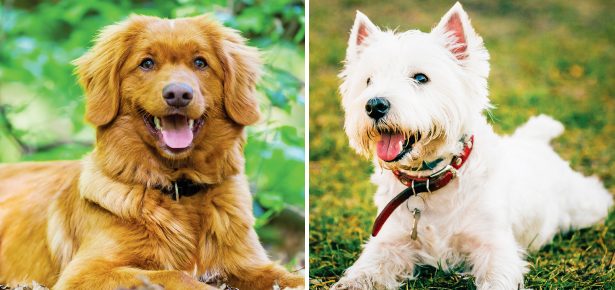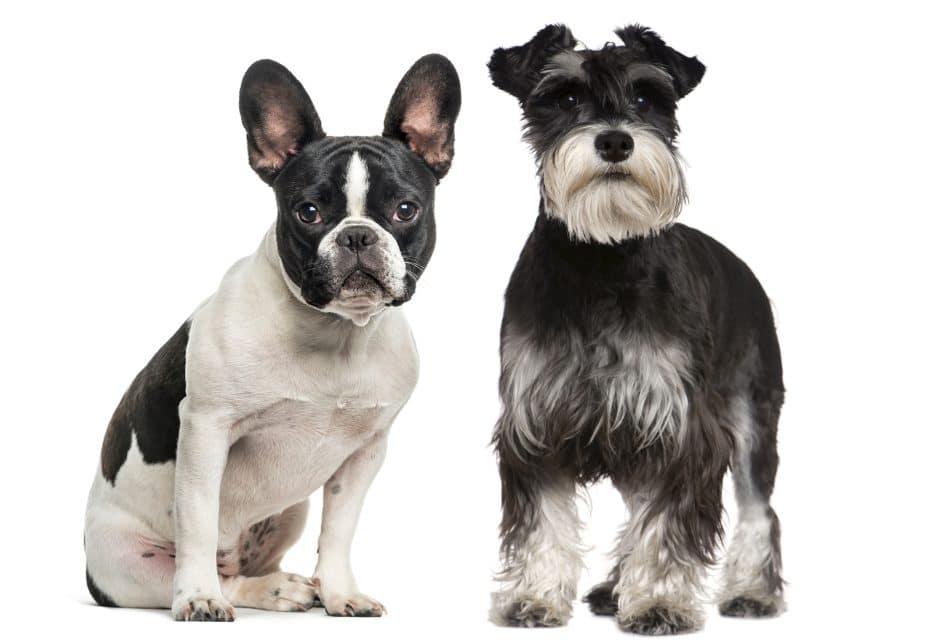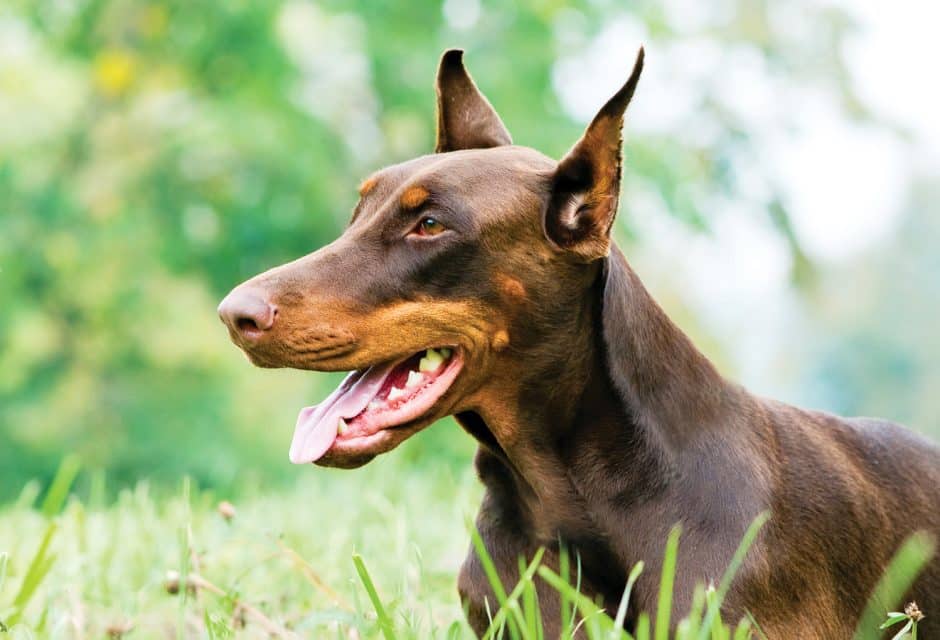
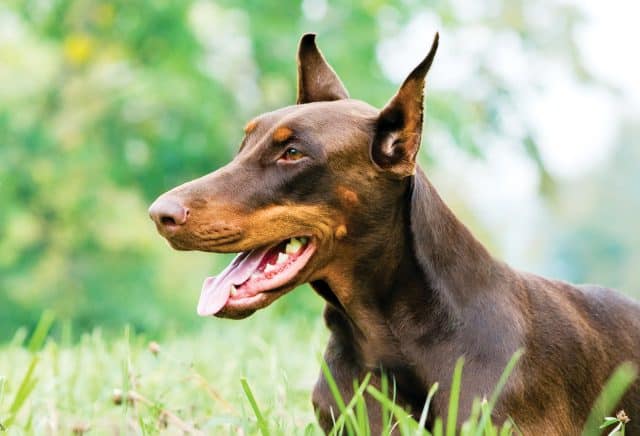
The Doberman Pinscher
Anything but average
Noble, intelligent, brave, loyal—there are so many words that could be used to describe the Doberman Pinscher. But perhaps more than any other, the word versatility comes to mind. In fact, this breed may simply be the dog world’s most versatile member.
Where did he come from?
The Doberman’s origins date back to the mid-1800s in the region of Apolda, Germany. A man named Karl Friedrich Louis Dobermann took it upon himself to create a breed of dog with traits of unsurpassed fearlessness, ferocity, and loyalty. Dobermann was tax collector, dog catcher, and night watchman, roles that exposed him to dangerous areas and unsavoury characters. Common sense dictated that a fierce dog alongside would prove useful, and Dobermann had a clear vision of the mix of physical and mental traits that, combined, would create the ideal guard dog.
Conveniently, Dobermann had yet another job—managing the dog pound—so he set about creating his ideal dog by selectively interbreeding dogs with the traits he desired. Records do not exist to reveal the precise formula of breeds he used, and unsurprisingly there is no clear consensus on the subject, but breed historians point to the German Pinscher, the Black and Tan Terrier, the Great Dane, and other breeds (and mixes) as possible foundation stock. Precisely when the public first saw the results of his breeding program is also up for debate. The first record of a Doberman Pinscher being entered into a show is 1897 in Erfurt. However, Apolda’s records list Dobermann Pinschers as part of the first dog market in 1863. What we do know for certain is that, by the time Louis Dobermann died in 1894, the breed was well on its way to being established. Further, we know that the breed continued to evolve. The breed’s original creator had focused on developing temperament, not a standardized appearance. In the late 1800s and early 1900s, fanciers further defined both. A sleek and refined physical appearance became standardized and the ferocious nature was downplayed. A faithful guardian the Doberman will always be, but notable contributors such as Otto Goeller and Philip Greunig sought versatility rather than fierceness. They, along with many others, bred to promote intelligence and obedience.
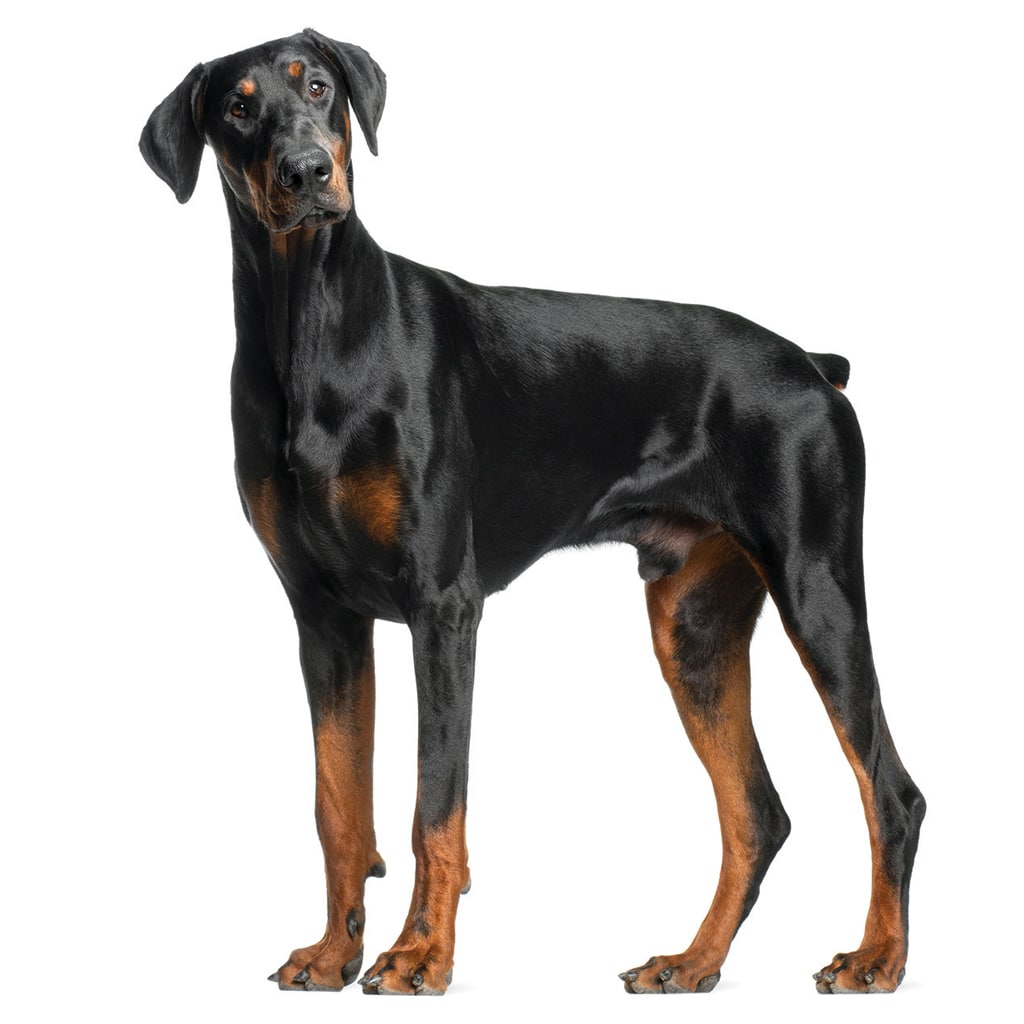
Life on White/Bigstock
The first Doberman Pinscher was registered with the American Kennel Club (AKC) in 1908 and the Doberman Pinscher Club of America (DPCA) was founded in 1921. The breed’s appearance caught the attention of fanciers, and its intelligence and bravery were prized by police and military branches. Speaking of which, in the years following World War II, this breed, though it had served as the mascot of the US Marines and was used extensively for sentry and scouting duties, nearly became extinct. In post-war Germany, agricultural production was at historically-low levels, cities had been severely damaged by heavy bombing, and heavy loss of both human and canine life had occurred. One can speculate that, in this environment, breeding purebred dogs was simply not a priority. As a result, not a single litter of Dobermans was registered for nearly a decade. It was only through the tireless efforts of Werner Jung, the Director and Breed Warden of the Pinscher and Schnauzer Club of Germany, that the breed was saved. Jung searched throughout Germany for Doberman Pinschers and bred the best he could find with large Miniature Pinschers and a black and tan Doberman bitch he apparently risked his life to smuggle from East Germany.
Today’s Doberman is a medium-sized dog with an elegant, streamlined appearance. The AKC standard allows for a height at the withers ranging from 24 to 28 inches. Accepted colours are black, red, blue, and fawn.
The Doberman’s natural tail is long, though most are familiar with the look of a very short docked tail. The ears of the Doberman are often surgically altered and taped so they stand erect. In many European countries, cropping and docking are not permitted, but the controversial practice continues in Canada and the United States.
In terms of temperament, the versatile Doberman loves having a job to do and responds exceptionally well to obedience training. At the 1989 Westminster Kennel Club Dog Show, a Doberman Pinscher became the first dog with an obedience title to win the coveted Best in Show award. Is there any activity that a Doberman wouldn’t enjoy? Doubtful. Conformation, obedience, agility, tracking, flyball… the Doberman does it all. Something else the Doberman excels at? Being a loving member of the family. The popularity of the breed has risen steadily for years. In the AKC’s 2012 ranking of breeds by registrations, the Doberman was the 12th most popular. It’s a comforting trend, in light of negative stereotypes that continue to exist, perpetuated by a misunderstanding of the breed’s nature. Today’s Doberman is an even-tempered, intelligent dog. Louis Dobermann himself would likely never have imagined his creation might someday fulfill the role of family companion. But for many, this breed is a perfect addition to the family.
Most Popular Dogs in the US
According to the most recent AKC registration statistics (2022)
[1] French Bulldog
[2] Labrador Retriever
[3] Golden Retriever
[4] German Shepherd
[5] Poodles
[6] Bulldog
[7] Rottweilers
[8] Beagle
[9] Dachshunds
[10] German Shorthaired Pointer
[15] Doberman Pinscher
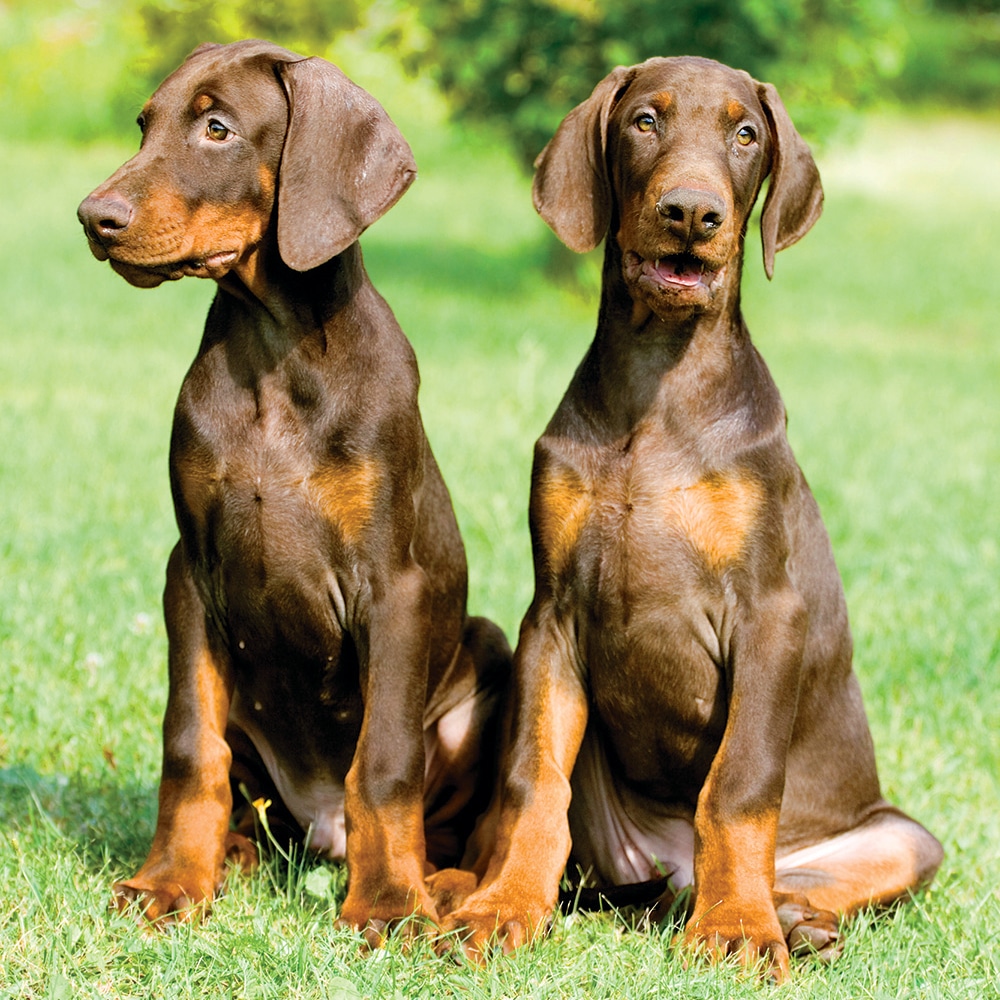
Koljambus/Bigstock
Is it the right breed choice for everyone? No. The DPCA suggests that an ideal home possesses a few characteristics. First, an owner who is prepared to take on the role of, “a calm, stable, firm, and smart pack leader,” is a must. A commitment to training is also important—as is the ability to provide the physical and mental exercise a Doberman needs. If you cannot give this dog the time, attention, and physical stimulation he requires, find yourself a lower-maintenance breed. The Doberman deserves better.
Ever heard the expression Velcro Dog? It certainly applies to the Doberman, who prefers to stick close to his people. Expect to be closely watched, leaned on, rubbed up against, and otherwise adored. If that doesn’t sound like your cup of tea, this breed isn’t for you. The Doberman is very people-oriented and will not thrive in a home where he’s an outsider.
Like all purebreds, the Doberman has some health concerns which are of central interest to breeders, including dilated cardiomyopathy, von Willebrand’s disease, and hip dysplasia. A dedicated and responsible breeder is committed to producing healthy stock and will provide information and health clearances for puppies.
Valiant military hero, police service dog, obedience superstar, family pet… the versatile Doberman does it all.
» Read Your Breed For more breed profiles, go to moderndogmagazine.com/breeds
Join the newsletter and never miss out on dog content again!
"*" indicates required fields
By clicking the arrow, you agree to our web Terms of Use and Privacy & Cookie Policy. Easy unsubscribe links are provided in every email.

